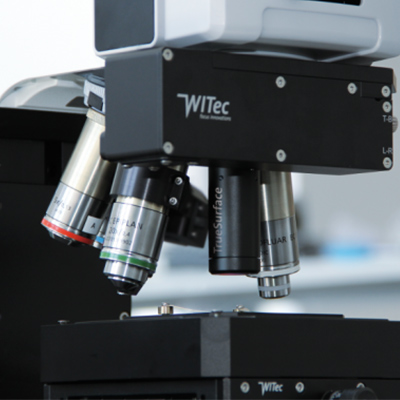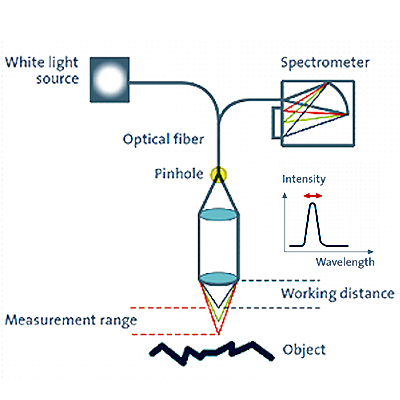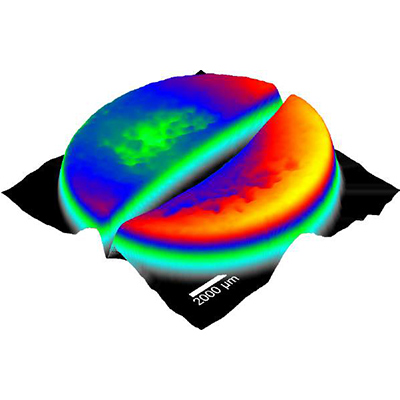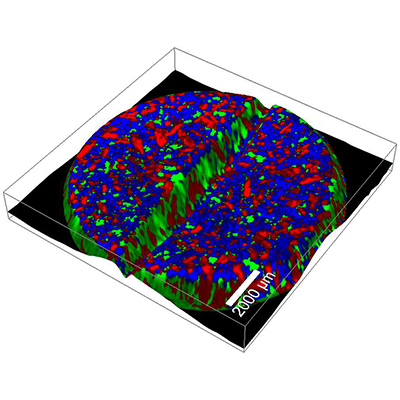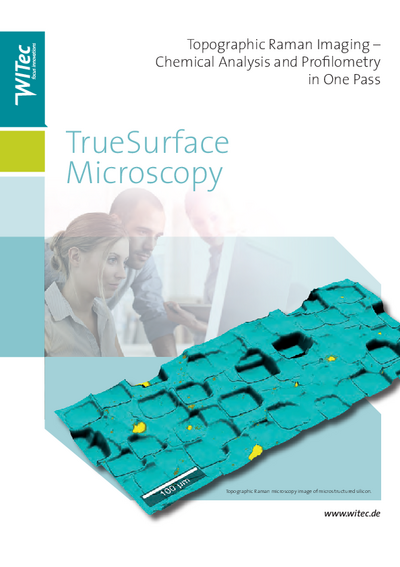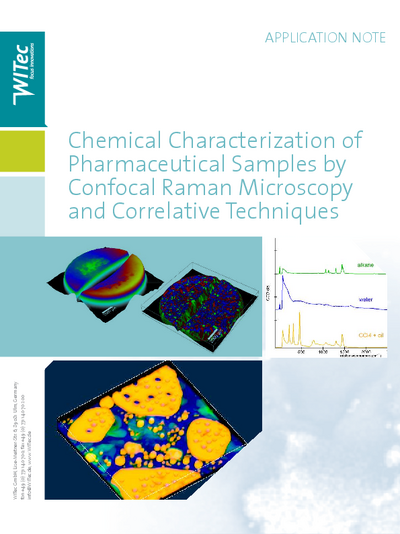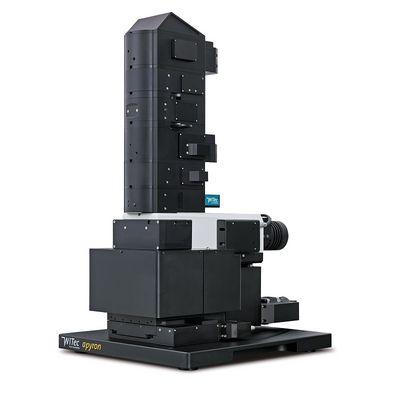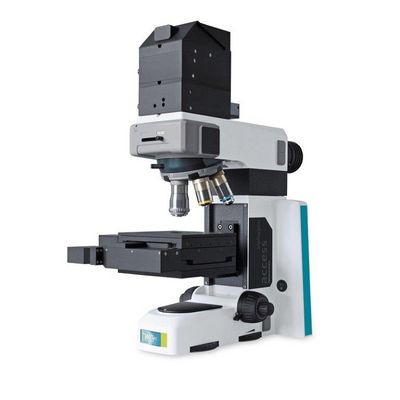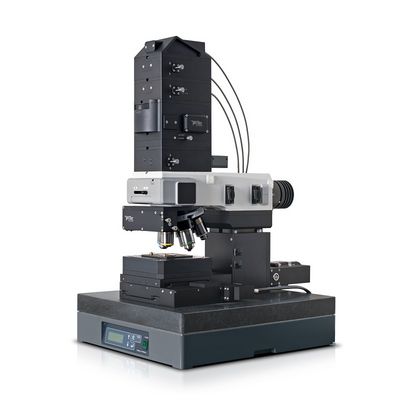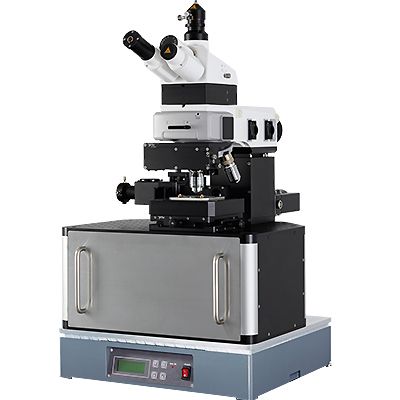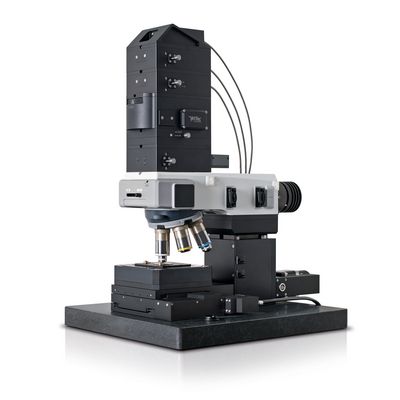Large area profilometry for topographic Raman imaging
TrueSurface Microscopy from WITecWITec´s award winning TrueSurface Microscopy allows confocal Raman imaging along heavily inclined or very rough samples with the surface held in constant focus while maintaining the highest confocality. The core element of this revolutionary imaging mode is an integrated sensor for optical profilometry. It is directly installed at the microscope turret which facilitates user-friendly and convenient handling.
- Unique combination delivers innovative application possibilities for new research techniques
- Scan speed up to 2000 pixels/s for rapid data acquisition
- Spatial resolution of 10 - 25 μm laterally and < 100 nm vertically to reveal an expanse of miniscule surface structures
- Measuring distance: 10 mm - 16 mm providing wide-ranging sample size flexibility
- Multi-sensors easily configurable to meet virtually any application
Further information
The TrueSurface Principle
The key element of this novel imaging mode is a topographic sensor that works using the principle of chromatic aberration. With this non-contact, purely optical profilometer technique it is possible to trace a sample's topography and follow it in a subsequent Raman measurement, thus remaining in focus throughout.
For profilometry a white light point-source is focused onto the sample with a hyperchromatic lens assembly: A lens system with a good point mapping capability, but a strong linear chromatic error. Every color has therefore a different focal distance. The light reflected from the sample is collected with the lens and focused through a pinhole into a spectrometer. As only one color is in focus at the sample surface, only this light can pass through the confocal pinhole. The detected wavelength is therefore related to the surface topography. Scanning the sample in the XY plane reveals a topographic map of the sample. This map can then be followed in a subsequent Raman image so that the Raman laser is always kept in focus with the sample surface (or at any distance below the surface). The results are images revealing chemical and/or optical properties at the surface of the sample, even if the surface is rough or inclined.
Applications
Downloads
Contact

Navigation
Categories
Contact
Quantum Design GmbH
ul. Sztygarska 12/3
41-500 Chorzow
Poland
| Phone: | +48 32 2482048 |
| Mobile: | +48 515 166893 |
| E-mail: | polandqd-europe.com |

